With increasing automation in companies, Employee’s invention with software is also becoming more common. How should the amount of the remuneration claim be determined in accordance with German ArbEG? And is there anything to consider about anEmployee’s invention in an international firm?
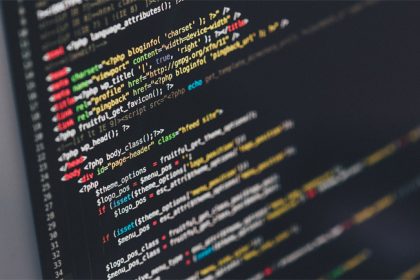 Since an Employee’s invention involving software usually flows into a production process as a sub-area or into in-house automation, the amount of the remuneration claim is not easy to determine – all the more so if this software invention is used throughout the group.
Since an Employee’s invention involving software usually flows into a production process as a sub-area or into in-house automation, the amount of the remuneration claim is not easy to determine – all the more so if this software invention is used throughout the group.
Employee’s invention with software
When we deal here with the aspect of a service invention involving software, the patentability of this software invention is of course a prerequisite. For only a protectable invention is covered by the Employee Act, because only a protectable invention can confer a monopoly right on the employer (see § 9, 33 German PatG). The claim to remuneration for the an Employee’s inventor is derived from this monopoly right in accordance with the German Employee Invention Act (Arbeitnehmererfindergesetz (ArbEG).
Classically, the amount of the remuneration claim for a protectable service invention depends on the economic exploitability of the service invention (i.e. licensing, sale or internal use) in addition to the position of the employee inventor in the company. However, since a service invention involving software is in most cases a sub-area of production or automation, a relevant reference value for the remuneration claim must be determined. There are legal requirements for this through decisions of the German Arbitration Board.
Smallest functional unit = reference value
In principle, the smallest so-called technical-economic functional unit must be determined in such cases; this refers to the functional area of the invention which is substantially characterised by the invention or which is influenced in its function. Ultimately, the pure software module within the invention can also be a sufficient reference value. In concrete terms, this could be calculated either via the licence analogy or via the investment costs in the invention.
Case law: Method with software-based control
An example of this is the computer-implemented invention for processes that control controllers on the software side. Such an invention is patentable and can theoretically lead to a very high remuneration burden for the employer in the case of worldwide operational use in an international group, by adding several licence rates possibly to licence rates of 100 % or even more (namely if the software module contains several Employee’s inventions subject to remuneration).
However, this is not permissible; a calculatory overcharging of the products by a licence charge is excluded. If several inventions have an influence on a reference value, the individual licence rates may not be added up. Rather, the individual licence rates are to be included in the maximum licence rate according to their significance, i.e. divided among them.
The theoretically highest licence burden is limited by the competitiveness of the product in the market environment.
In practice, the Arbitration Board decided for such cases in a simplified way to double the average licence rate and to set this as the maximum licence rate.
Maintenance contracts for an Employee’s invention with software
Software that is sold as a product is usually conveyed to the customer with some kind of maintenance. How does maintenance affect the remuneration of an Employee’s invention with software?
In short: as a rule, almost nothing. Neither as increased turnover nor as an increased licence rate can maintenance contracts be translated into concrete remuneration. Only as a matter of principle is the turnover from products according to the invention to be taken into account in the context of maintenance and servicing.
Patent application only abroad
Of course, it is also possible that an Employee’s invention involving software (of an employee in Germany) is not filed for a patent in Germany at all, but only in the USA, for example. This is also regulated by the ArbEG, namely by § 14 (2) ArbEG. In short: a patent application abroad also secures monopoly rights of the employer and is subject to rules of an Employee’s invention.
In this context, there is to add that there is no remuneration claim from licensing of an LOT network.
Further questions regarding an Employee’s invention on software, AI or industrial robots?
Our attorneys have many years of expertise in patent law and employee invention law and are authorised to represent you before any office or court in Germany as well as internationally. We would also like to point out the limitation periods in employee invention law.
Please do not hesitate to contact us if you are interested.

Sources:
Image:
pexels | pixabay.com | CCO License

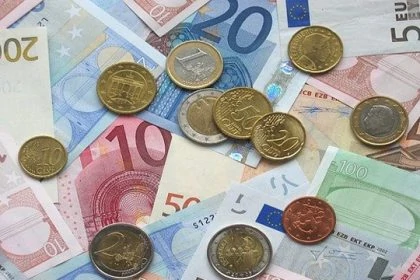
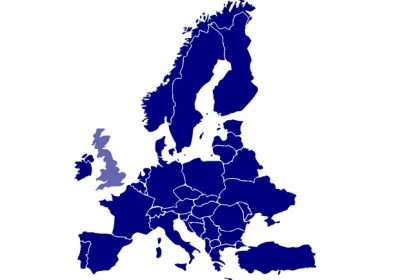
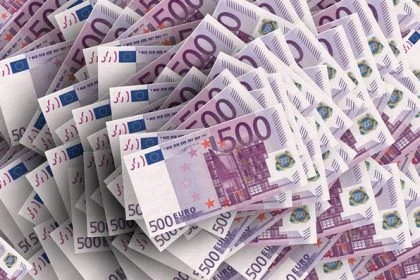

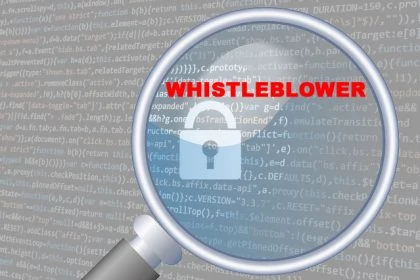
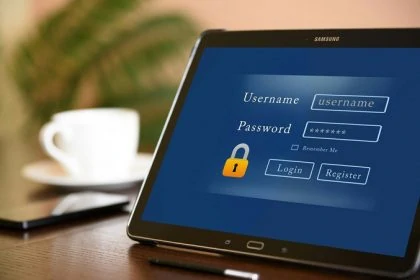
Leave a Reply